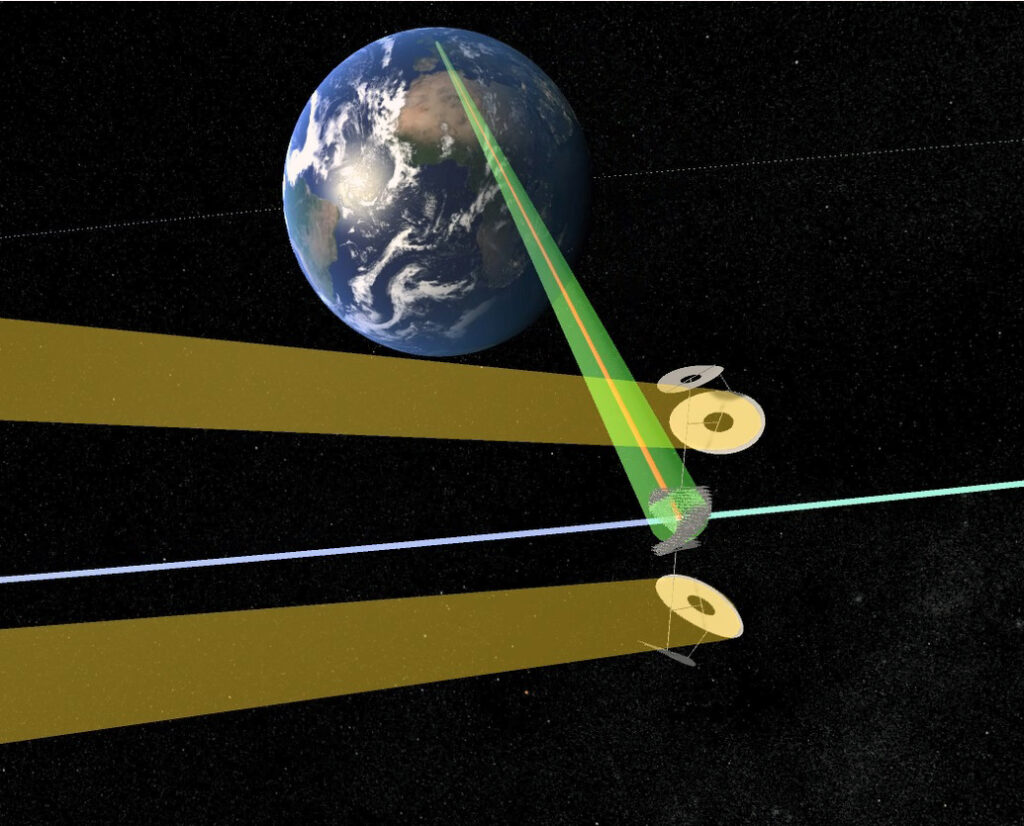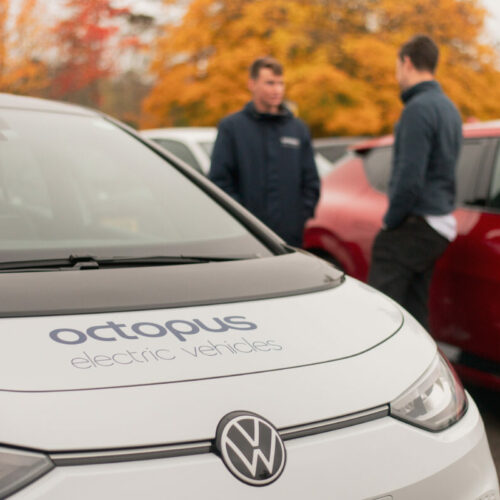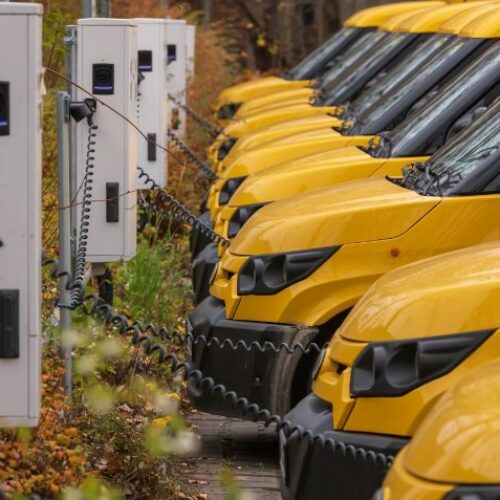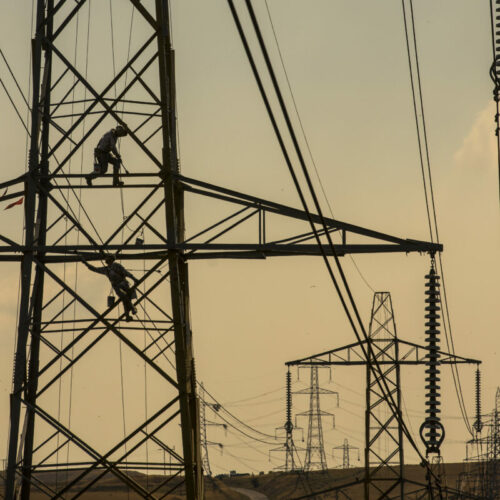The UK government is looking at the possibility of beaming clean, solar power down from space as it looks to develop further resilient, safe and sustainable energy sources.
It has commissioned new research into space-based solar power (SBSP) systems from the Frazer-Nash Consultancy, which will explore the engineering and economics of such a system.
In theory, a SBSP system works by collecting energy using very large solar power satellites that then convert it into high-frequency radio waves and beam the energy down to ground-based receivers on earth, which are connected to the electrical power grid.
Dr Graham Turnock, chief executive of the UK Space Agency, said renewable energy could be delivered anywhere on the planet, “day or night, rain or shine.”
“The UK is growing its status as a global player in space and we have bold plans to launch small satellites in the coming years. Space solar could be another string to our bow, and this study will help establish whether it is right for the UK.”
The study will look at whether it could be possible to deliver affordable energy for customers through a SBSP system, as well as the technology needed to build it.
Previously, a solar system in space would have been far too expensive to be considered, but with lightweight solar panels and wireless power transmission advancing rapidly a number of nations are now considering the technology. Additionally, the cost of commercial space flight has fallen with the emergence of privately-led space ventures dramatically impacting the price over the last decade.
As such, the concept of solar power satellites has become both more feasible and economically viable in recent years. Challenges still remain however, such as how you assemble the massive satellites needed in orbit, as this has not been done before at this scale.
Martin Soltau, Space Business manager at Frazer-Nash said that “decarbonising our economy is vital”, and that SBSP has the potential to contribute substantially to clean and secure energy generation.
“Frazer-Nash is studying the leading international solar power satellite designs, and we will be drawing up the engineering plan to deploy an operational SBSP system by 2050. We are forming an expert panel, comprised of leading SBSP experts and space and energy organisations, to gain a range of industry views.
“We will compare SBSP alongside other forms of renewable energy, to see how it would contribute as part of a future mix of clean energy technologies.”
Oxford Economic is also a partner in the project, and will provide additional insight into the economic assessment of the SBSP system as well as how it might benefit the UK economy.
There has been no indication regarding the financial backing for the research.





